I’m thrilled to feature Alexandra Eidens, founder of Big Life Journal, as a guest writer this week. She is a mom and an expert in helping parents foster a growth mindset and kindness for kids.
We all want to make the world a better place. And raising kind children is part of it. But kindness for kids doesn’t always happen by accident.
We have to intentionally raise our children to be kind and practice kind behavior daily. Studies show that kindness makes children happier, reduces stress, and improves self-esteem. Kind actions activate the joyful area of the brain and boost well-being.
Evidence shows that many children are inclined to be helpful and altruistic. But there is much we can do to both teach and reinforce this behavior. Reinforcing and modeling this aspect of social emotional development is key. Here are 7 simple ways to encourage kindness in your child, and to help them understand what really matters.
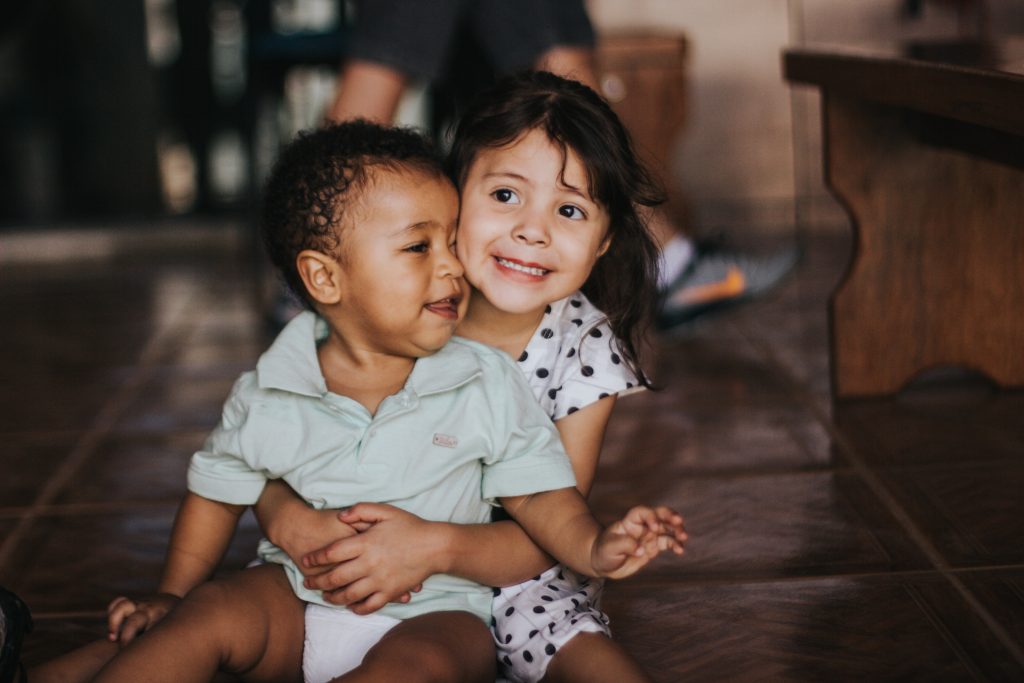
Kindness for Kids: Simple Actions, Meaningful Lives
1. Model kindness for kids
If you want to raise children who are kind and compassionate, start by modeling these skills. Parents who respect others will naturally teach their children to do the same. Consider your interactions at home. How do you speak to the people you love? After moments of frustration or anger, do you talk about it and apologize (if needed)?
As your child grows, she will watch how you treat others too. And there’s plenty you can do–from putting your phone down and smiling at a cashier to holding the door for a stranger.
Opportunities for modeling kindness for kids happen all the time. We just have to look for them!
“Mentor a child. Wait patiently at Starbucks without eye-rolling the barista, or refrain from aggressively honking at a slow driver.”
-Dr. Robin Berman
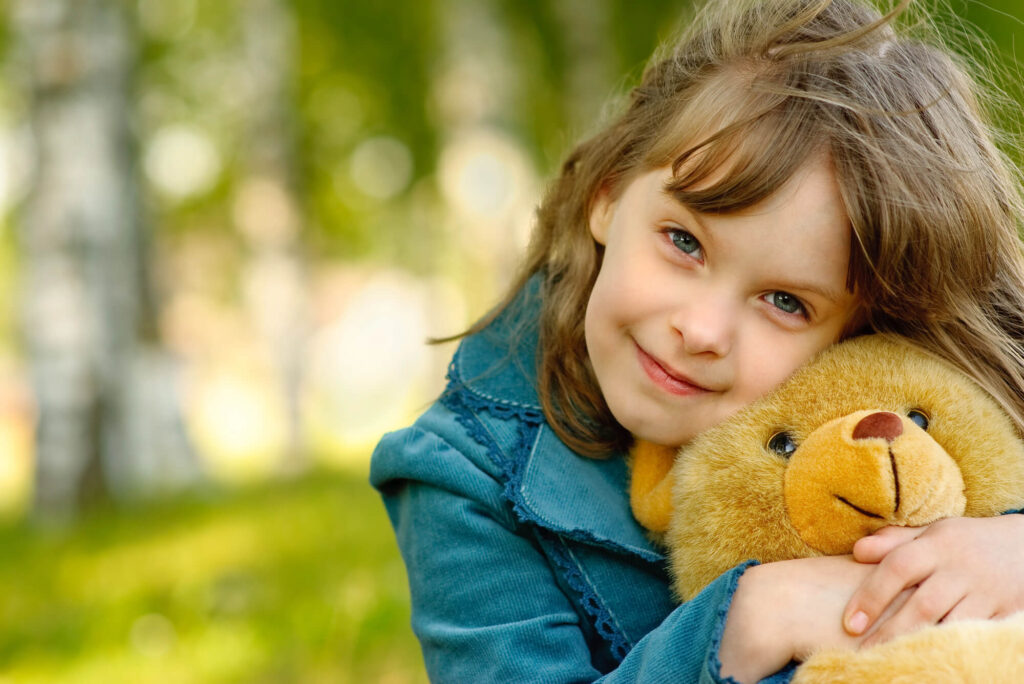
2. Practice perspective-taking
To be considerate of others, children must understand how they think and feel. Perspective-taking skills help kids make others feel comfortable and interpret their needs. Get your child into the practice of asking, “What would that feel like?” or “How would I feel if that happened to me?” In tricky situations, have her stop and think of how she’d like to be treated.
“You can’t be a compassionate person unless you have an active imagination—you have to be able to step into someone else’s shoes.”
-Katherine Applegate, author
When your child witnesses another person struggling, reflect on moments she may have felt the same way. Talk about these past experiences, and what she would have wanted to happen. Then decide if there’s a way to help.
For more ideas to encourage your child’s empathy and creative thinking, consider doing weekly printables that are both fun and engaging.
3. Teach self-compassion
Kindness towards others is only half the picture. Children must also learn to extend compassion and love towards themselves. Start by talking about how we treat our friends–we listen, behave respectfully, and build them up when they’re down. We can treat ourselves with the same kindness we would a dear friend.
Read stories like “Listening With My Heart” by Gabi Garcia or “Positive Me” by Madelyn Hornstein and discuss how each character shows herself kindness. Brainstorm a list of ways your child can practice self-compassion (accepting her thoughts and feelings, engaging in positive self-talk, or writing a love letter to herself).
You can also model self-compassion by eating well, getting enough sleep, and talking to yourself in a kind way. The next time you make a mistake, or things don’t go as planned, verbalize how you still love and appreciate yourself.
Related reading: Kindness Starts at Home: Cultivating Self-Compassion in Parenting
4. Use mindful speech
As children, many of us were told not to speak of others unless we had something nice to say. With mindful speech, children pause before speaking to ensure their words are kind.
A simple way to practice mindful speaking is known as “The Three Gates.” Before talking, your child can ask herself the following questions: “Are my words true? Are they helpful? Are they kind?” If her words cannot pass through these three gates, they should remain unsaid.
Of course there will still be times your child’s words are hurtful or unkind. In these instances, talk about what happened, and what she would do differently next time. You can also make a plan for apologizing to the other person, and working to make it right.
Related reading: In a Divisive World, Raising an Emotionally Intelligent Kid is a Powerful Act

5. Instill good manners
In our busy world, polite and mannerly interactions with others go a long way. Kindness can start with simply saying “please” and “thank you.” There are plenty of other ways to help your child practice good manners, and you can never start too soon. Children as young as two can say “hello” when spoken to.
Other polite habits to practice:
- Apologizing for negative behavior (“I’m sorry I took your toy.”)
- Waiting for their turn to speak
- Shaking hands or saying “good game” after a competitive event
- Using a quiet (“inside”) voice during a playdate
- Writing a thank-you card after receiving a gift
“You wouldn’t send a child off to preschool without a healthy snack. Sending her into the world without knowing social graces is equally problematic.”
-Sheryl Eberly, author of 365 Manners Kids Should Know
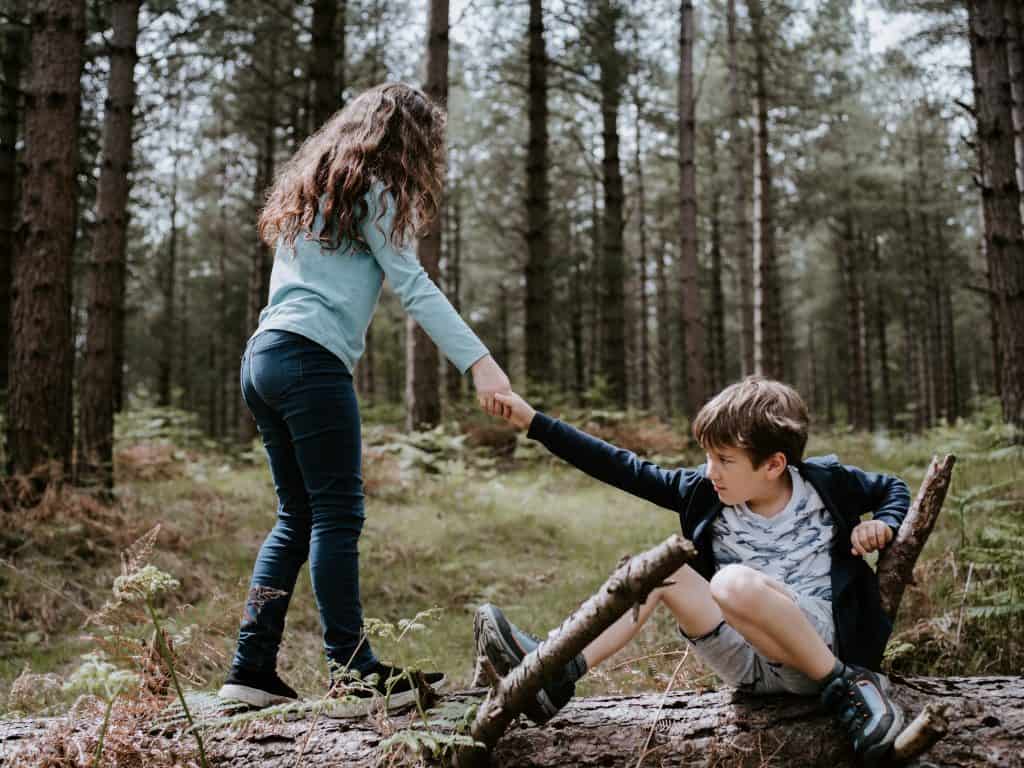
Volunteering can mean many things. We can share our time, resources, or abilities. Encourage charitable behavior in your child by tapping into her passions and interests. If she loves animals, she can donate to an animal shelter, or walk adoptable dogs. A child who appreciates nature might want to collect trash at a local park.
You might also consider volunteering together as a family. Your family will grow closer and stronger while helping others too.
“Being kind to others feels good. It helps take our attention off of our own troubles, and also creates a feeling of interconnectedness.”
-Kaia Roman
7. Notice the effects of kindness
One of the best parts of being kind is that it feels good. Talk with your child about how performing even small acts of kindness can bring him joy. Stories like “Have You Filled a Bucket Today?” by Carol McCloud explain this concept well. Each time we do something nice, we bring happiness to others (and ourselves too). While we don’t behave kindly only for the reward, it’s certainly a nice bonus.
Point out how your child feels when he is treated with kindness to help him develop gratitude. Once he recognizes how good it feels to both give and receive kindness, it will be easy to maintain this behavior.
Wrap-Up
The benefits of kindness for kids are clear. Children who are kind to others feel happier, more connected and less stressed. Nurturing kindness in children is key, and daily life provides plenty of practice opportunities. Most importantly, be sure to model kindness in your interactions with others, as your child will naturally watch and learn.
Alexandra Eidens is the founder of Big Life Journal, an engaging resource to help kids develop a resilient growth mindset so they can face life’s challenges with confidence.
Related Resources:

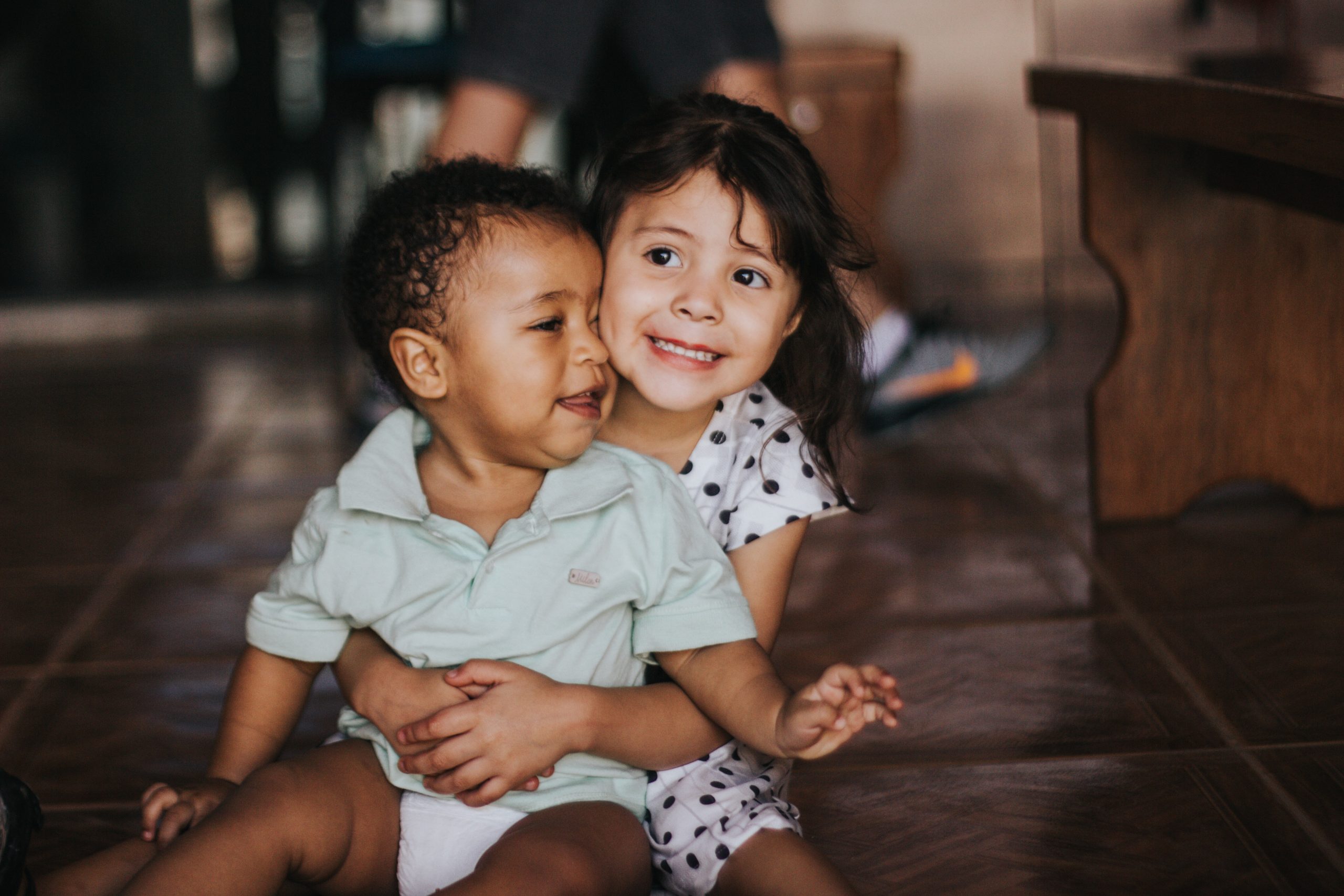
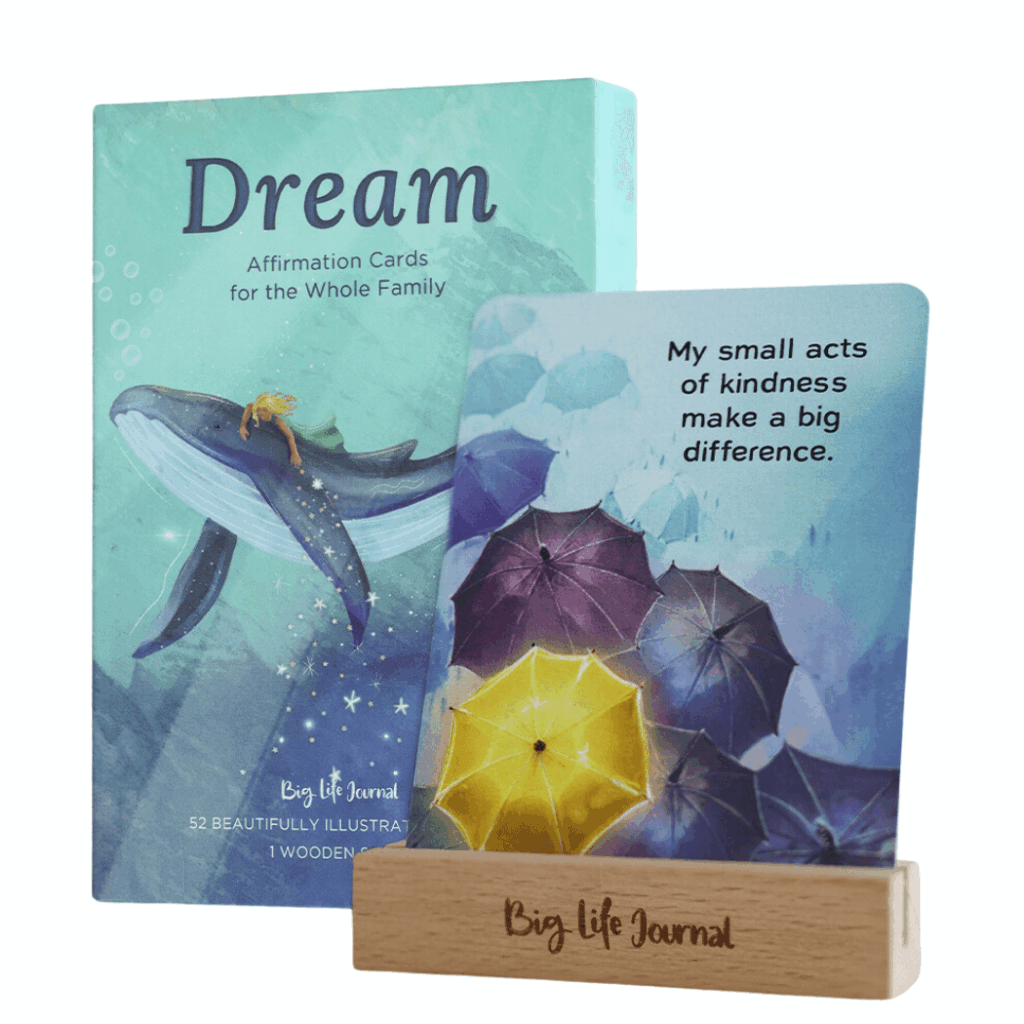
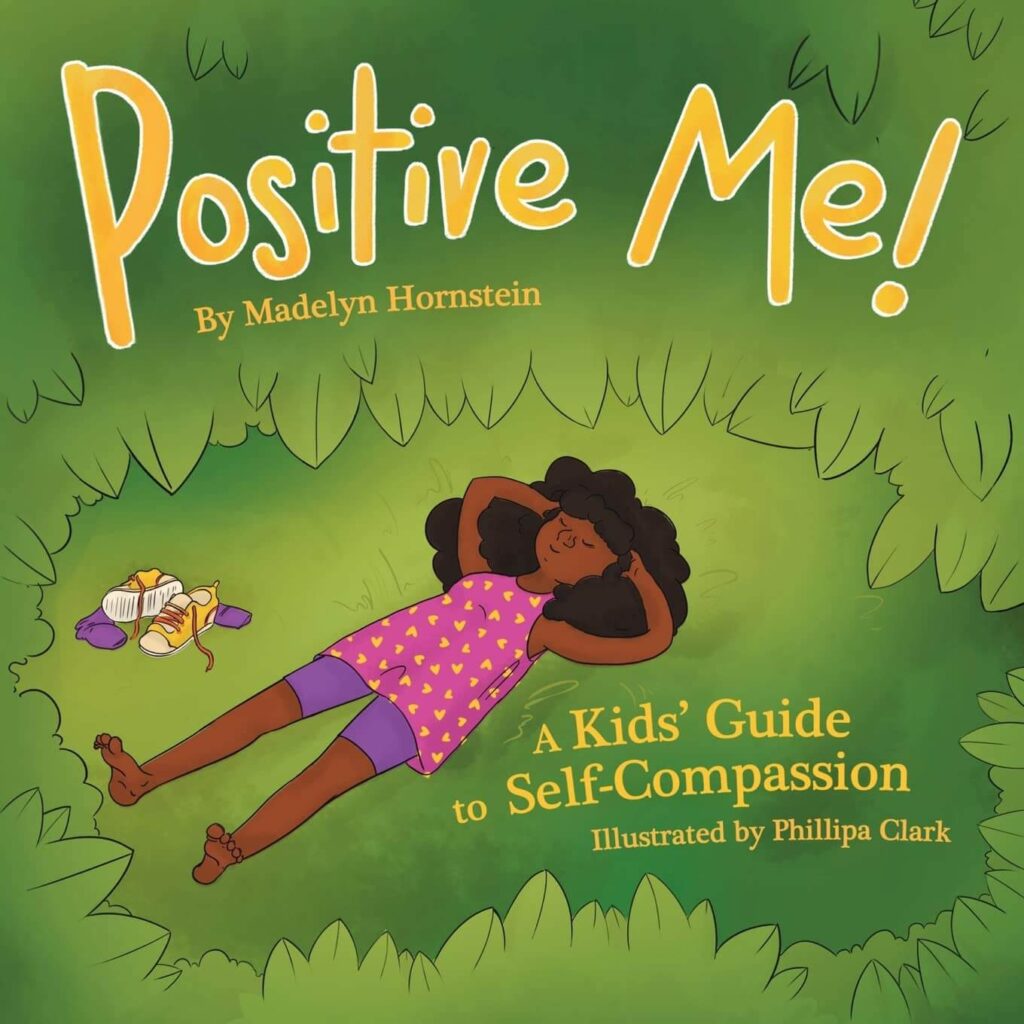
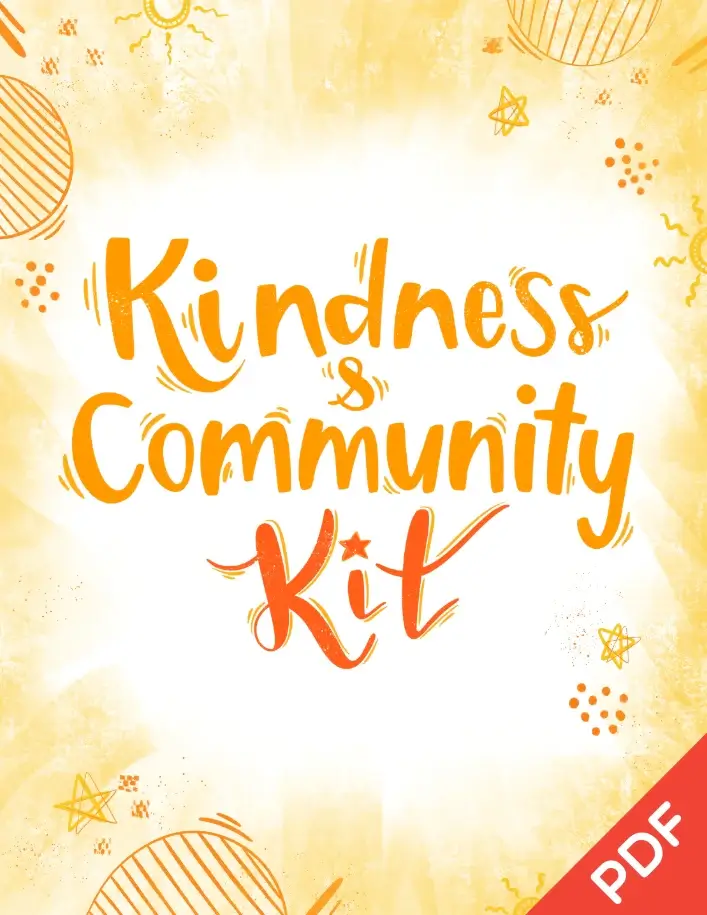
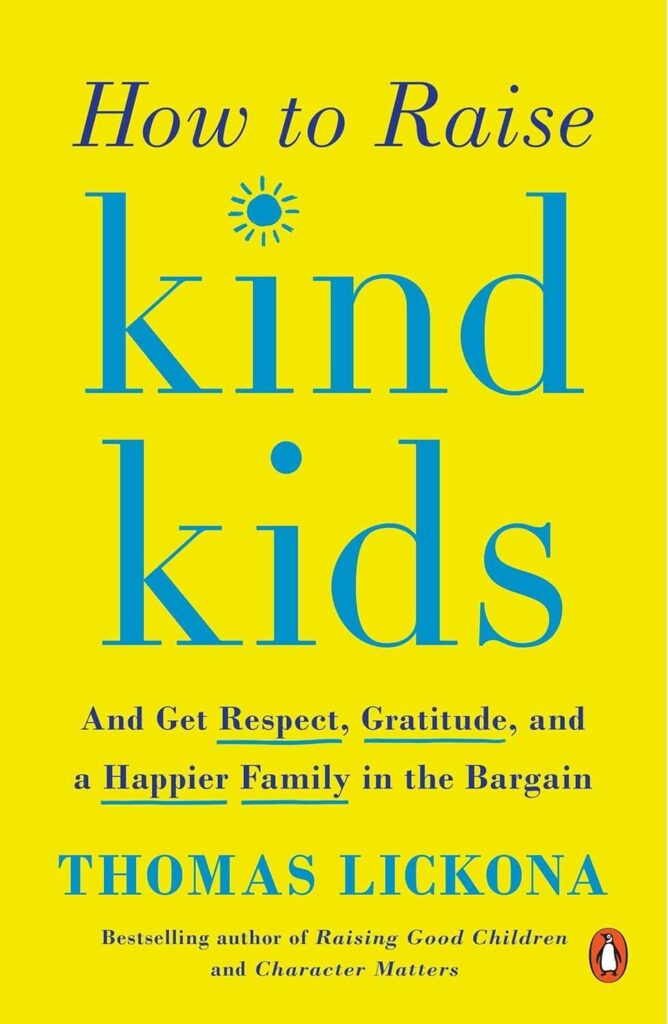
Leave a Reply